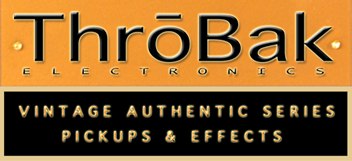Hardrockmapletop
Active member
- Joined
- Sep 1, 2007
- Messages
- 1,026
Everyone repeat after me...
"Yes, Old growth wood from trees that are hundreds of years old, has completely different tonal properties than plantation grown wood used in current guitar production."
 wink
wink
"Yes, Old growth wood from trees that are hundreds of years old, has completely different tonal properties than plantation grown wood used in current guitar production."



